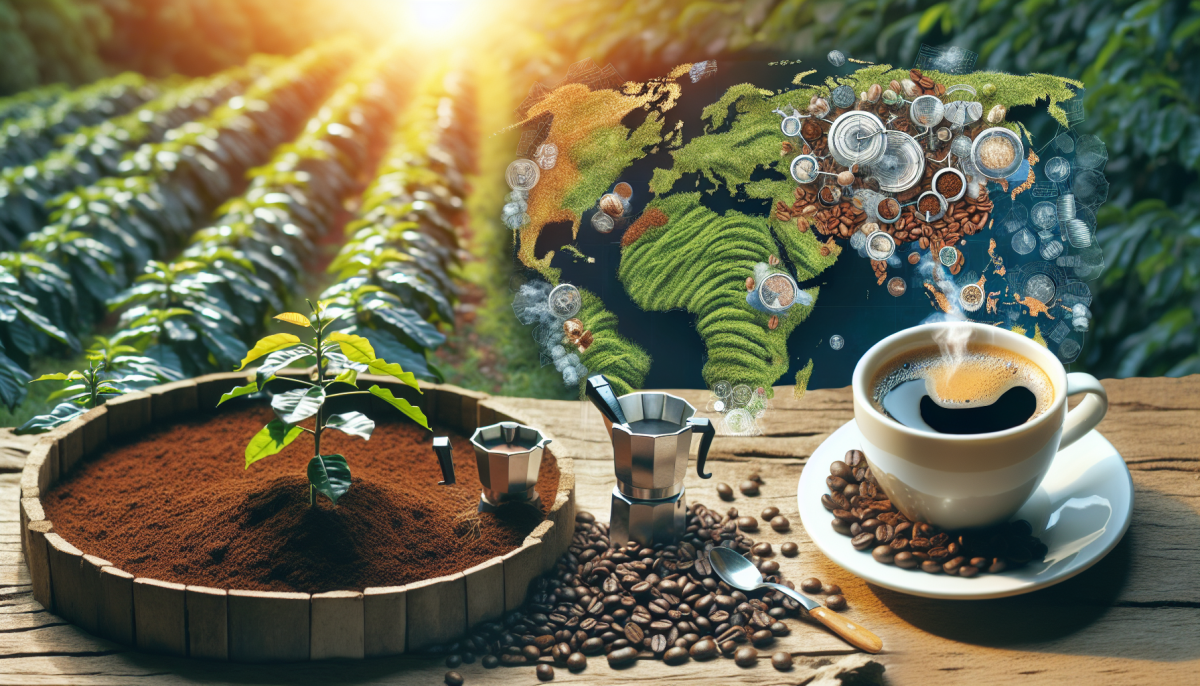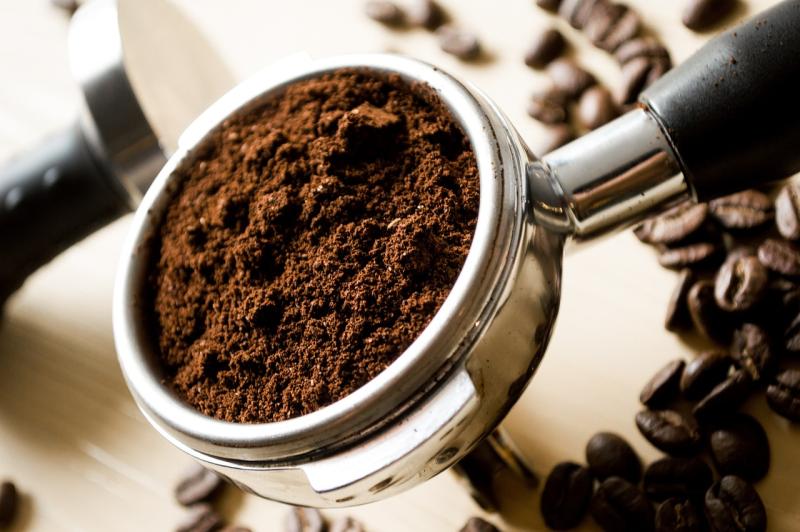It all starts with the coffee beans. These little guys come from coffee plants, primarily grown in tropical regions around the world. The beans are found inside cherry-like fruits, which are usually handpicked when they’re ripe. Once collected, the beans undergo a process called milling to remove the outer layers. The result? Green coffee beans ready for roasting!
Roasting is where the magic happens. This step transforms the green beans into the aromatic brown beans we know and love. As they roast, the beans release oils, enhancing their flavor and aroma. The roasting time and temperature can vary, leading to different flavor profiles—light, medium, or dark roasts. So, whether you prefer a smooth, fruity brew or a bold, rich cup, there’s a roast just for you!
After roasting, the beans are cooled and packaged to maintain freshness. When you’re ready to brew, grinding the beans releases even more flavor. The grind size can affect the taste of your coffee. For example, a coarse grind works well for a French press, while a fine grind is better for espresso. Choosing the right grind for your brewing method is key to enjoying that perfect cup.
Whether you’re brewing at home or picking up your favorite cup from a café, understanding this journey connects you more deeply to every sip you take. Next time you enjoy coffee, think about the travel it took to get to you—it's not just a drink; it’s a whole experience!
Farmers Behind the Flavors
When you take that first sip of your morning cup of coffee, you might not think about where it comes from. But behind every delicious flavor, there’s a group of dedicated farmers who make it all possible. These farmers are the heart and soul of the coffee industry, working tirelessly to grow, harvest, and nurture the beans that give us our beloved brews.
Many coffee farmers live in regions that are perfect for coffee cultivation. High altitudes, rich volcanic soil, and just the right amount of rainfall create ideal conditions for coffee plants to thrive. Farmers often rely on traditional methods passed down through generations, ensuring that their crops are grown sustainably and responsibly. It’s not just about growing coffee; it’s about respecting the land and their heritage.
One of the best parts of buying coffee directly from these farmers is knowing that your purchase supports their communities. Many farmers are part of cooperatives, which means they can sell their coffee directly and earn a fair wage. This not only helps them improve their quality of life but also allows them to invest in education, healthcare, and better farming practices.
Every cup of coffee tells a story, and understanding the farmers behind the flavors adds a whole new layer to your experience. When you savor that rich, complex taste, you’re tasting the hard work and dedication of those who grew it. So, next time you enjoy your coffee, take a moment to appreciate the farmers who play such a vital role in bringing that rich experience to your table.
Sustainable Practices Matter
When it comes to coffee, it’s not just about the taste; it’s also about how it’s made. Sustainable practices are crucial to ensuring that our beloved coffee doesn’t harm the environment or the communities that produce it. From the moment coffee beans are planted to when they land in your cup, every step can impact the planet.
So, what does sustainable coffee production look like? It's about supporting farmers who use eco-friendly methods like organic farming. This means no harmful pesticides and fertilizers that can hurt the soil and local wildlife. By choosing sustainably grown beans, you're making a choice that benefits both the planet and the people who grow the coffee.
Another important aspect is fair trade practices. This ensures that farmers receive fair compensation for their hard work. It helps communities thrive instead of just surviving. When you buy fair trade coffee, you're contributing to better living conditions and education for farmers and their families.
Lastly, sustainable coffee practices often focus on reducing waste. Many brands are moving towards eco-friendly packaging and finding ways to recycle or repurpose used coffee grounds. This not only helps reduce landfill waste but can also contribute to local gardens or composting efforts. When you choose coffee brands that prioritize sustainability, you’re helping to create a healthier planet.
Enjoying Coffee with Purpose
Many coffee brands focus on ethical sourcing, working directly with farmers to ensure they receive fair prices for their beans. This not only supports local economies but also promotes sustainable farming practices. By choosing brands that prioritize fair trade or direct trade, you make a choice that helps empower coffee-growing communities. It’s all about brewing good vibes, right?
But it doesn’t stop at supporting farmers. Many coffee companies also invest in education, healthcare, and community development. When you enjoy your coffee, know that your choice can lead to positive change. Look for certifications like Fair Trade or Rainforest Alliance—these labels are more than just marketing; they stand for ethical practices and social responsibility.
Next time you’re shopping for coffee, consider those brands that give back. Whether it’s through environmental programs, social initiatives, or supporting local farmers, every little bit counts. Choosing coffee with purpose not only perks you up but also helps make the world a better place, one cup at a time.



